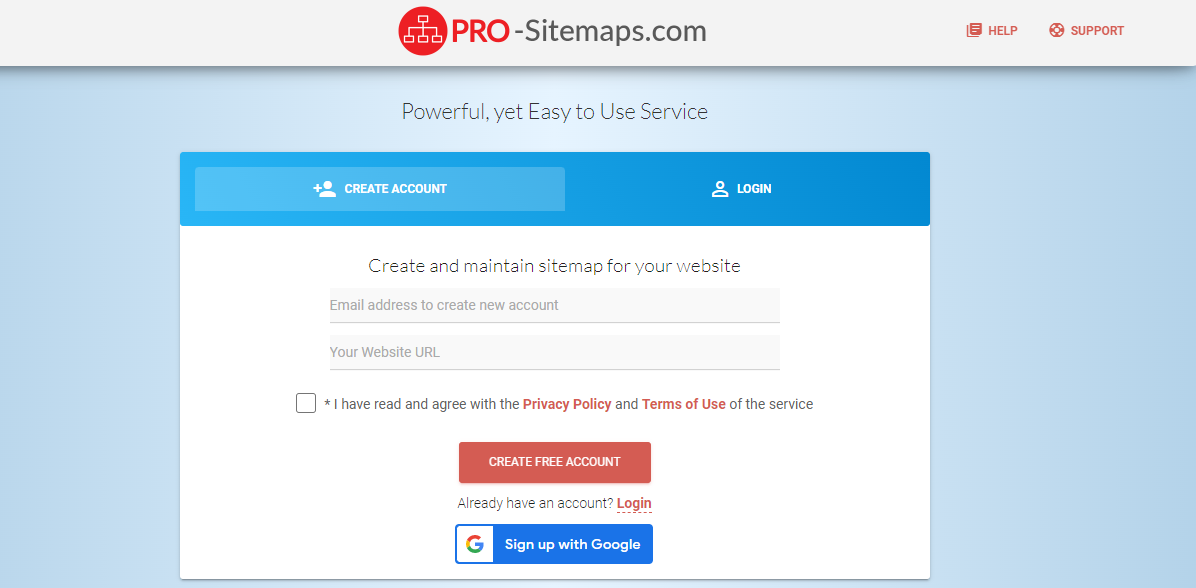In 2025, getting your financial services website to rank high on Google is more than just using the right keywords. It’s about building trust and offering real value to your audience. The days of keyword stuffing are over. Welcome to the era of smart SEO!
Why SEO Matters for Financial Services
The financial industry is crowded and competitive. If someone Googles “best financial advisor near me,” and your business doesn’t show up, you’re missing a huge opportunity.
But here’s the trick — financial decisions are personal and emotional. People won’t trust just anybody with their money.
So your SEO needs to do two things:
- Get you noticed (ranking high on search engines)
- Build trust (so people choose YOU over the others)
Step 1: Optimize for People First, Google Second
Instead of writing for Google’s robots, write for real people. That’s what Google wants too!
Here’s how:
- Use simple words and clear answers
- Create content that solves real problems
- Include FAQs — people Google questions!
For example, if you’re a tax advisor, write a blog called “Top 5 Tax Deductions You Might Be Missing in 2025.” It’s helpful, easy to read, and keyword-rich (without trying too hard).

Step 2: Show Google You’re Trustworthy
In financial SEO, E-E-A-T is a big deal: Experience, Expertise, Authoritativeness, and Trustworthiness. Google uses these to rank finance content.
Here’s how to build E-E-A-T on your site:
- Show credentials — Add licenses, certifications, and team bios
- Link to credible sources, like IRS.gov or Investopedia
- Get mentioned on other trusted websites (backlinks matter!)
- Encourage real reviews from clients on Google and Yelp
Don’t just say you’re an expert — prove it.
Step 3: Master Local SEO
Most financial services are local. That’s why Google Business Profile is your best friend.
Optimize it by:
- Using your exact business name
- Adding an accurate address and phone number
- Selecting the right business category
- Uploading high-quality images
- Updating weekly with posts or Q&A
Also, get listed in directories like Yelp, Foursquare, and Better Business Bureau.

Step 4: Speed = Trust
Nothing kills trust like a slow website. People get impatient. Google does too.
Make sure your site:
- Loads in under 3 seconds
- Looks great on mobile phones
- Uses HTTPS for security
You don’t need to be a tech wizard. Use tools like Google PageSpeed Insights to test your site and fix any issues.
Step 5: Use the Magic of Helpful Content
In 2025, content is still king — but only if it’s useful.
- Create blogs, guides, checklists, and videos
- Answer common client questions — What’s a Roth IRA? How can I improve my credit score?
- Update content regularly — New tax laws come every year!
Give more than you sell. When people trust your content, they’ll trust your service.
Step 6: Track, Tweak, Repeat
SEO isn’t a one-time deal. It’s an ongoing game.
Use tools like:
- Google Analytics – See where traffic comes from
- Google Search Console – Track keyword rankings and fix errors
- Semrush or Ahrefs – Spy (legally!) on your competition
Set goals, track them monthly, and tweak your strategy as needed.

Final Thoughts
Winning SEO in the financial world isn’t about tricking search engines. It’s about being helpful, human, and honest.
Remember, your ideal clients are out there right now, typing search queries like:
- “Should I invest in a 401k or IRA in 2025?”
- “Best wealth advisor for retirement planning”
- “Financial planner near me”
With smart SEO, your website can be the answer they find. Build trust, write great content, and make it easy for them to say, “This is who I want to work with.”
Good SEO isn’t just about getting clicks. It’s about converting those clicks into clients.



